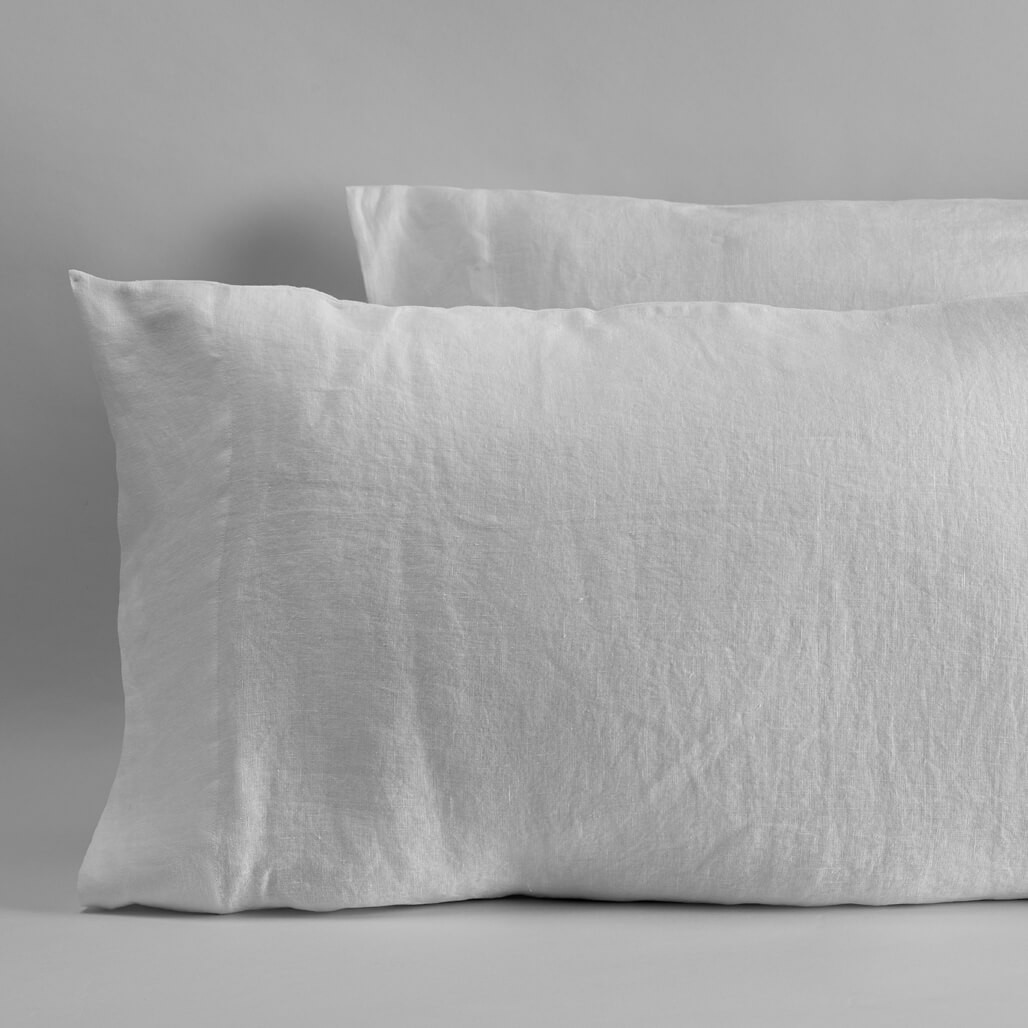When deciding which fabrics are suitable for making bedding, one must deeply consider breathability, durability, tactile feel, and maintenance costs. The high-end home textile market is currently dominated by several core materials: Long-Staple Cotton is highly regarded for its classic breathability and wash durability; Bamboo Viscose and Tencel Lyocell have become modern eco-friendly favorites due to their superior temperature control and silky touch; Linen occupies the luxury niche market with its unique texture and characteristic of softening with every wash; while Microfiber excels in the economy and easy-care markets. For brand owners and hotel procurement managers, there is no absolute “best,” only the right fit. Selecting the most suitable bedding fabric requires balancing the target audience’s sleep preferences and budget with yarn density and weaving craftsmanship (such as Sateen vs. Percale).
Cotton: The Hierarchy of a Classic Material
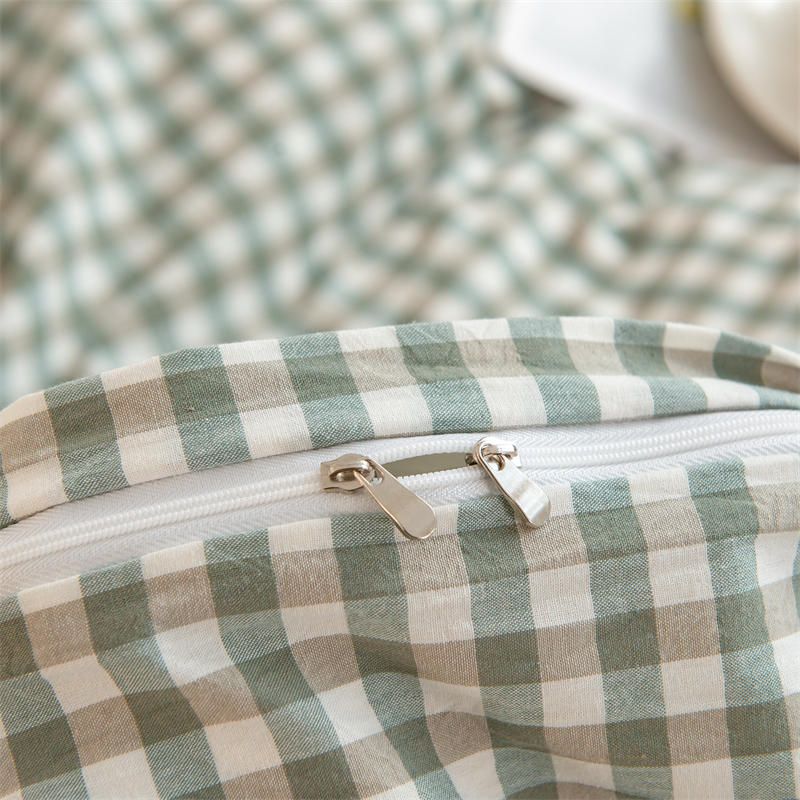
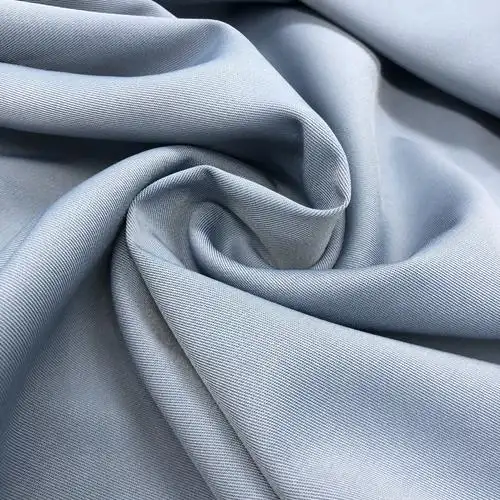
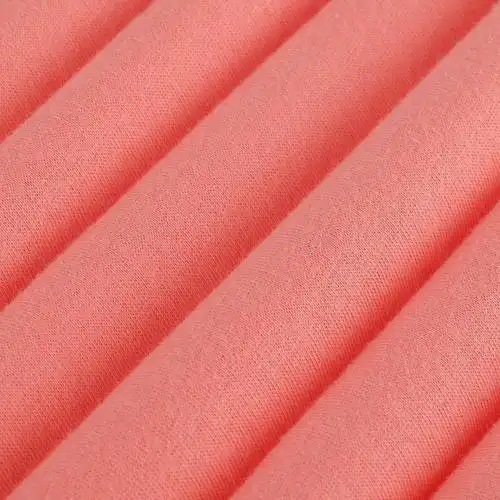
When discussing which fabrics are suitable for making bedding, cotton is undoubtedly the cornerstone, yet the term “100% Cotton” covers a massive range of quality. Cotton suitable for high-quality bedding depends primarily on Staple Length. Ordinary short-staple cotton is prone to pilling and feels rough to the touch, whereas Long-Staple Cotton and Extra-Long Staple (ELS) cotton are the entry tickets to luxury bedding. Egyptian Cotton and Pima Cotton are the leaders in this category; they can be spun into finer, stronger yarns, resulting in fabrics that are both soft and breathable, becoming increasingly skin-friendly with repeated washing.
From a production perspective, Vany Home Textiles advises clients to focus on origin certification and yarn processing. For instance, cotton yarn that has undergone Combed processing has short fibers and impurities removed, significantly enhancing the smoothness and durability of the finished product. Whether for high-thread-count Sateen in homes or high-density Percale in hotels, premium cotton always offers the most balanced moisture absorption, breathability, and warmth, making it a safe choice across all age groups and climates.
Bamboo Viscose: The Innovator of Cooling and Sustainability
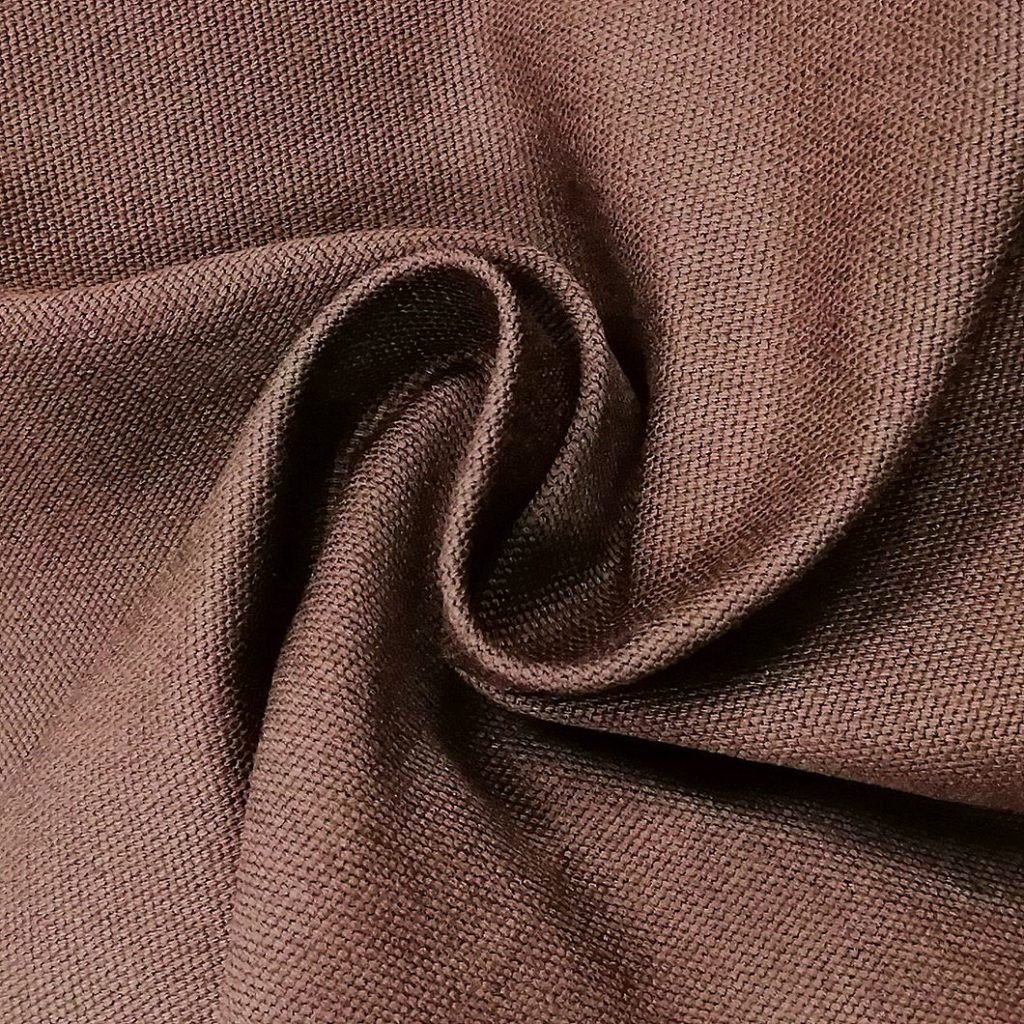

With the rise of “sleep health” and “eco-friendly” concepts, Bamboo Viscose has rapidly become a new favorite in the bedding world. This fabric is derived from cellulose extracted from natural bamboo, spun through a regeneration process. Its most significant feature is excellent temperature regulation and moisture-wicking performance. The cross-section of bamboo fiber is filled with micro-gaps that rapidly absorb and evaporate human sweat, physically lowering body surface temperature. Therefore, it is hailed as a “fabric that breathes,” making it particularly suitable for “Hot Sleepers” and humid climates.
Beyond functionality, the touch of bamboo fiber is often described as “buttery smooth,” with a luster similar to silk but at a more advantageous price point. Its natural hypoallergenic and antibacterial properties also make it an ideal material for people with sensitive skin and for baby bedding. In custom production, 100% Bamboo Viscose or Bamboo-Cotton blends, known for their high drape and softness, are gradually eating into the market share of traditional high-end silk, representing modern affordable luxury home textiles.
Linen: Breathability and Unique Natural Texture
Linen, derived from the stem of the flax plant, is one of the oldest textile fabrics in human history. In the discussion of which fabrics are suitable for making bedding, linen represents a unique aesthetic and ultimate breathability. The hollow structure of linen fiber gives it greater heat conductivity and moisture-wicking ability than cotton, keeping the sleep environment dry, and it possesses natural antibacterial and anti-mite functions. Although brand-new linen may feel slightly coarse, high-quality European linen (such as French or Belgian) has the characteristic of getting “softer with every wash and brighter with use,” with a lifespan that can span decades.
The unique natural wrinkles of linen endow the bedroom with a lazy, casual vintage style (Wabi-Sabi aesthetic), which is deeply loved by the younger generation and high-end designers. Since linen fiber lacks elasticity, weaving is more difficult, and the cost is typically high. To balance touch and cost, Stone Washed linen or Linen-Cotton blends have become popular market choices that offer both comfort and texture.
Tencel Lyocell: A “Naked Sleep” Experience Powered by Technology
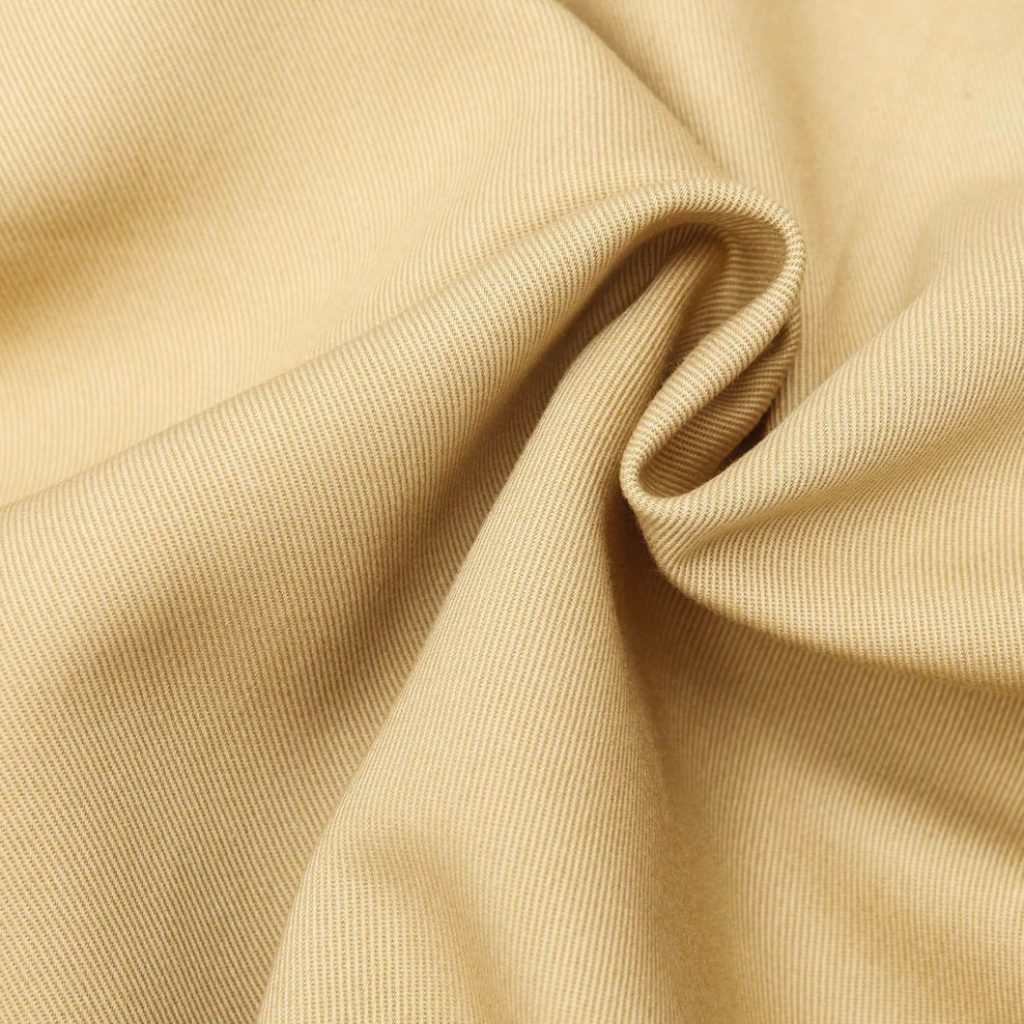
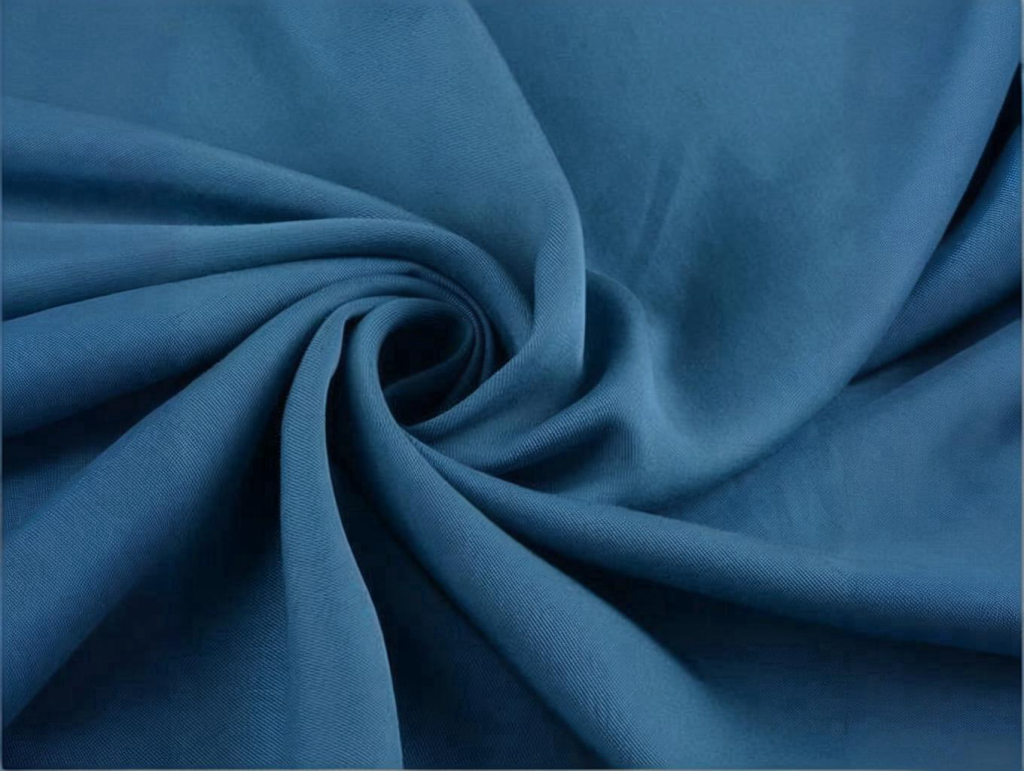
Tencel™ is the brand name for Lyocell fiber, representing the highest technical level of regenerated cellulose fibers. It is typically made from eucalyptus wood pulp using a closed-loop production process where the solvent recovery rate reaches 99%, making it one of the most eco-friendly fabrics available. Similar to bamboo fiber, Lyocell has an extremely smooth fiber surface with a very low coefficient of friction, feeling cool and silky, making it perfect for sleeping naked.
The strength (wet and dry tenacity) of Lyocell fabric is superior to bamboo and modal, meaning it is more wash-resistant and less prone to deformation or pilling. Its moisture absorption capacity is 50% higher than cotton, effectively inhibiting bacterial growth. For brands pursuing the ultimate skin-friendly experience and focusing on environmental sustainability, Lyocell is an indispensable material in high-end bedding collections. Vany can provide Tencel fabrics in various specifications from 60s to 100s, meeting different levels of luxury demand.
| Fabric Type | Breathability | Tactile Characteristic | Durability | Primary Advantage |
|---|---|---|---|---|
| Long-Staple Cotton | High | Crisp or Soft (depends on weave) | Very High | Classic durability, softens with washing |
| Bamboo Viscose | Very High | Silky cool, high drape | Medium | Moisture-wicking, naturally antibacterial |
| Linen | Very High | Textured, dry feel | Very High | Unique style, extremely long lifespan |
| Tencel Lyocell | High | Extremely smooth, skin-friendly | High | Eco-friendly production, suitable for sensitive skin |
Microfiber and Blends: Balancing Durability and Cost-Effectiveness
While natural fibers dominate the high-end market, Microfiber and polyester blends (such as CVC or Poly-cotton) play a key role in commercial and economy bedding. Microfiber is woven from extremely fine polyester fibers, possessing ultra-strong wrinkle resistance, shrink resistance, and quick-drying properties. After Brushed Microfiber processing, the surface develops a layer of soft fuzz, feeling warm and low-cost, making it very suitable for student dorms, Airbnbs, or budget-conscious families.
For the hotel industry, while pure cotton is comfortable, maintenance costs are high. Therefore, blends of cotton and polyester fibers have become the mainstream solution. The polyester component enhances the fabric’s tensile strength, enabling it to withstand high-intensity industrial washing and high-temperature drying, while significantly reducing ironing time. As an OEM factory, we typically recommend finding a balance between durability and comfort, such as a 60% Cotton / 40% Polyester blend, which retains the breathability of cotton while possessing the toughness of synthetic fibers.
Weave Determines Suitability: The Physical Difference Between Sateen and Percale
After determining the material composition, the weave structure is another critical dimension in deciding whether a fabric is suitable for bedding. The same cotton yarn will yield vastly different sleep experiences depending on the weave. Percale uses a one-over-one weave; the structure is tight, and the hand-feel is crisp and cool, like a dress shirt. It has excellent breathability and durability, making it the ideal choice for summer bedding and hot sleepers.
In contrast, Sateen uses a four-over-one (or more) weave, with longer warp threads floating on the surface. This structure endows the fabric with a silk-like luster and a buttery smooth touch, while also making the fabric thicker, warmer, and with better drape. However, the abrasion resistance of Sateen is slightly lower than Percale, and it is more prone to snagging. When developing product lines, brands typically offer both weaves to satisfy consumer preferences for either “Crisp” or “Silky.”
How to Select the Right Fabric Based on Market Positioning
Choosing bedding fabric is not a single technical decision but part of a business strategy. For brands positioning themselves in the Luxury Market, high thread count (60S-100S) Long-Staple Cotton Sateen, Silk, or high-quality Tencel are mandatory options, as they offer immediate visual and tactile premiums. For brands focusing on Healthy Lifestyles or the Mother & Baby Market, unbleached organic cotton or Bamboo Viscose with natural antibacterial functions are the best entry points.
For Hotels and Short-Term Rentals, durability and ease of care are core metrics; high-density CVC fabrics or wrinkle-resistant treated cotton can effectively reduce the Total Cost of Ownership. Vany Home Textiles, with years of OEM experience, can assist in screening the best combination of fiber raw materials, yarn specifications, and weaving processes based on the client’s target market profile, ensuring the final product achieves a perfect balance between comfort, durability, and cost.
